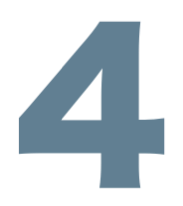Observation and Child Development |
Page 2 |
In order to have effective observation and assessment you must first understand typical child development. Children develop on a continuum and at their own rate. Educators play a key role in observing and documenting a child's developmental progression in order to make informed decisions about their program.
How does observation, documentation, and assessment work together?
Optional Resources for Further Study
- Embedding Assessment into Daily Activities and Routines, Collecting and Recording the Data, Kansas University Center on Developmental Disabilities
- Developmental Milestones, Division of Birth Defects, National Center on Birth Defects and Developmental Disabilities, Centers for Disease Control and Prevention
- Early Learning and Developmental Guidelines (Web links to all State early learning and development guidelines (ELGs), National Center on Early Childhood Quality Assurance
- NAEYC Position Statement on Early Childhood Curriculum, Assessment and Program Evaluation’s









